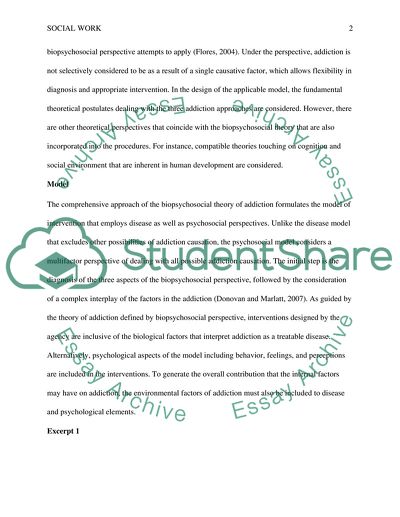Cite this document
(Biopsychosocial Perspective in Addiction Therapy Term Paper, n.d.)
Biopsychosocial Perspective in Addiction Therapy Term Paper. Retrieved from https://studentshare.org/psychology/1767560-social-work-micro-paper
Biopsychosocial Perspective in Addiction Therapy Term Paper. Retrieved from https://studentshare.org/psychology/1767560-social-work-micro-paper
(Biopsychosocial Perspective in Addiction Therapy Term Paper)
Biopsychosocial Perspective in Addiction Therapy Term Paper. https://studentshare.org/psychology/1767560-social-work-micro-paper.
Biopsychosocial Perspective in Addiction Therapy Term Paper. https://studentshare.org/psychology/1767560-social-work-micro-paper.
“Biopsychosocial Perspective in Addiction Therapy Term Paper”, n.d. https://studentshare.org/psychology/1767560-social-work-micro-paper.


